This shielding can be made from braided strands of copper, other metals like aluminum, a spiral of copper tape or a layer of conductive polymer. The purpose of cable shielding is to reduce the noise affecting the cable’s signal and to dampen any electromagnetic radiation that might interfere with other devices. In order to work, the shield must cover all splices in the cable. Read More…
Spira Manufacturing Corp. offers the most reliable EMI gaskets & shielding for the electrical / electronic industries to meet required EMC/EMI shielding regulations.
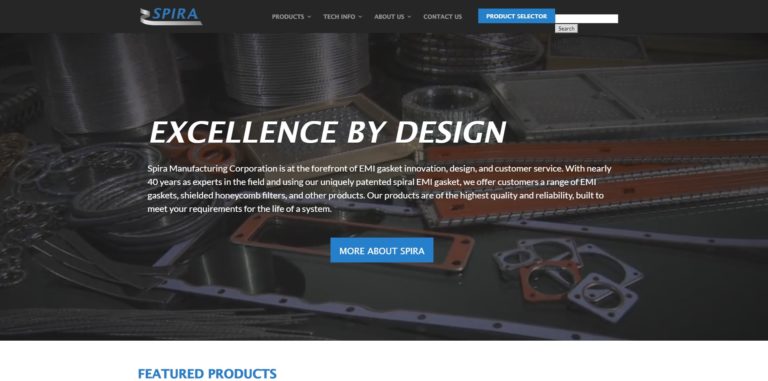
Sealing Devices is a leading North American distributor and fabricator of EMI shielding products, including conductive elastomers, Soft-Shield® low closure force gasketing, windows, conductive adhesives, formed-in-place parts, vents and elastomers.

We are one of the first in EMI technologies! Our roots trace back as early as the 1930s. We work hard to bring you the latest and greatest in EMI technologies and distribution. ADIT Electron Tubes manufactures low-level light detection systems and devices. Our photomultipliers are apart of a major international industry that we are a supplier of. Call us today for more information about our EMI...

FMS has been eliminating electromagnetic interference (EMI) and radio frequency interference (RFI) issues in commercial & industrial buildings, medical facilities, and research laboratories for over 25 years. Using the latest technology, backed by independent research and development, FMS delivers customized, innovative mitigation solutions for the most complex interference problems worldwide.

More Cable Shielding Companies
emi-shielding.netElectromagnetic interference (EMI), also known as radio frequency interference (RFI) can be extremely disruptive to many electronic devices. EMI can degrade or stop the performance of a circuit, rendering an instrument completely useless.
These EMI currents are generated by both natural and man-made sources, like car ignition systems, cell phones, thunder storms, the Sun, and the northern lights. There are two distinct types of electromagnetic interference that produce two different effects. The first type is known as "narrowband" EMI or RFI. Narrowband interference comes from transmissions like radio and TV stations or cell phone signals.
The other type of interference is called "broadband". Broadband interference is caused from unintentional radiation created from things like electric power transmission lines. Cable shielding helps to protect against both types of interference.
Shielded cables are often used in security system applications because they provide protection from power and radio frequency interference. This can drastically reduce the number of false alarms that are triggered.
Microphone cables in PA and recording studios are usually fitted with shielding to prevent interference during recording. Medium and high voltage cables also use copper or aluminum tape shielding to stop any power cable that is touching the ground from discharging electricity upon contact. The cable is grounded in at least two places to prevent shock even when the current is flowing through the shield.
Most cable shielding functions in the same way as a Faraday cage which can be found in electronic devices like mobile phones. A Faraday cage is a metallic cage that encases electrical components to protect from electromagnetic interference.
Cable shielding is essentially doing the exact same thing, only in a different shape because of the various cable sizes and lengths that are manufactured.

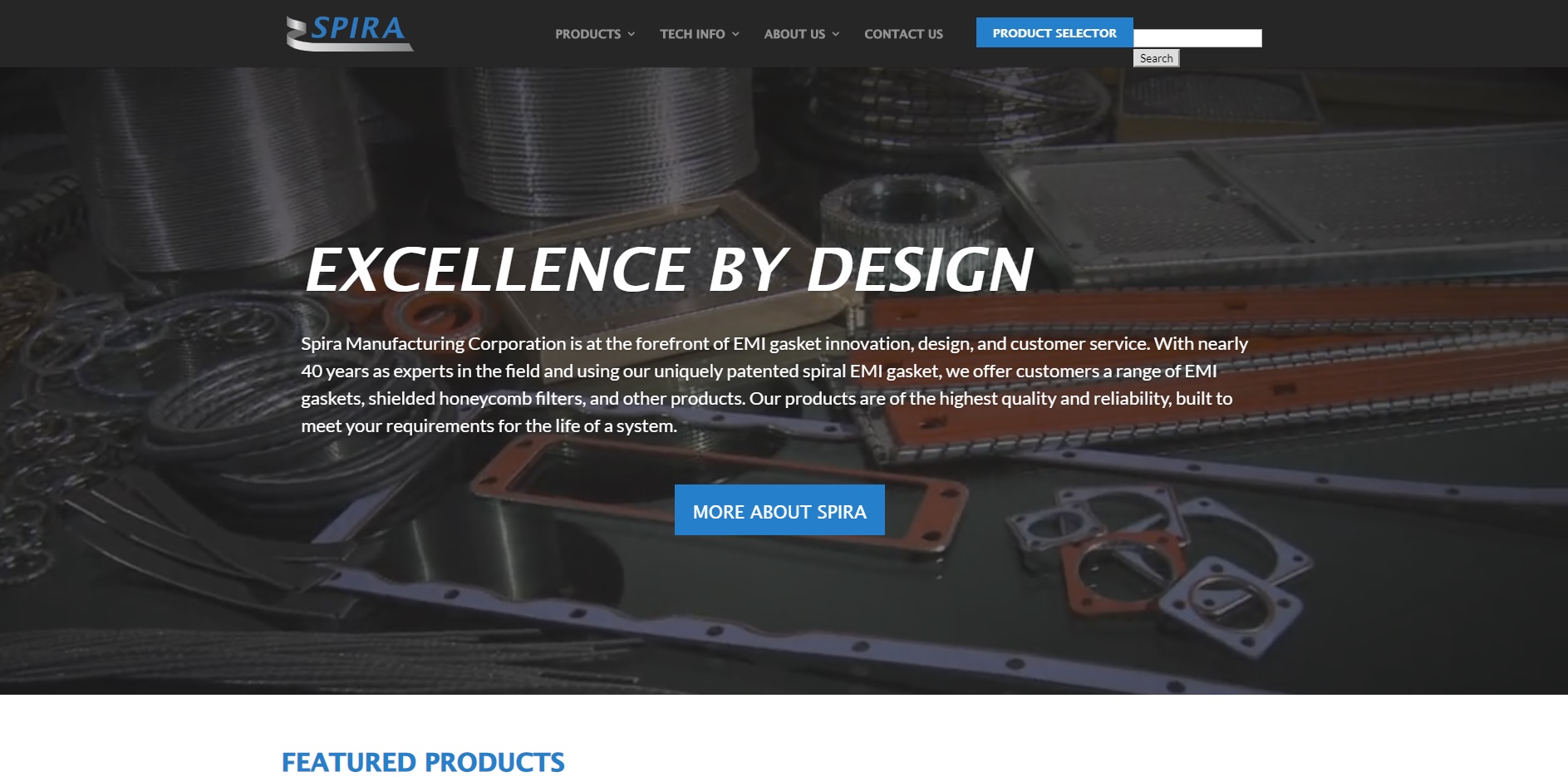



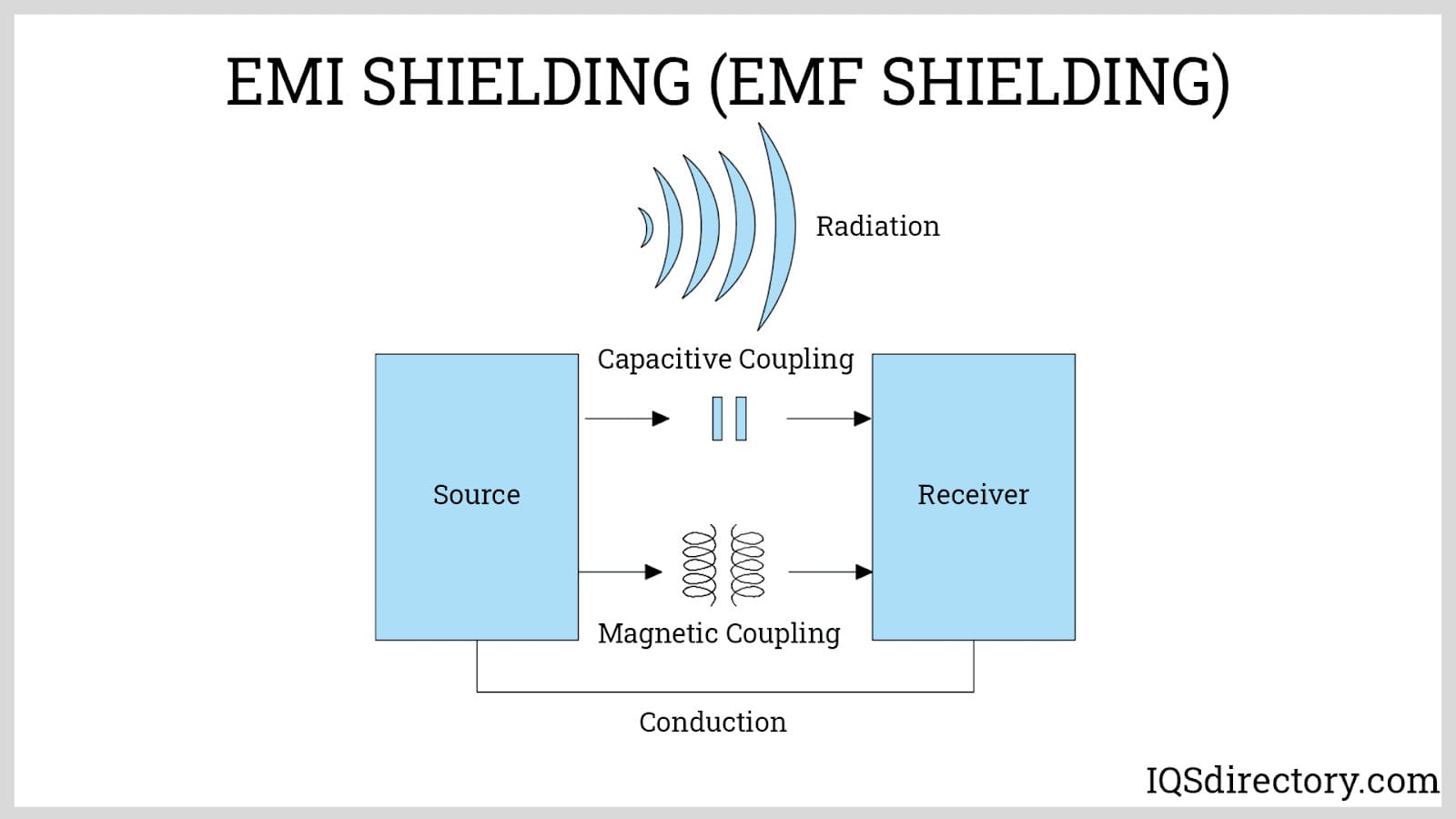
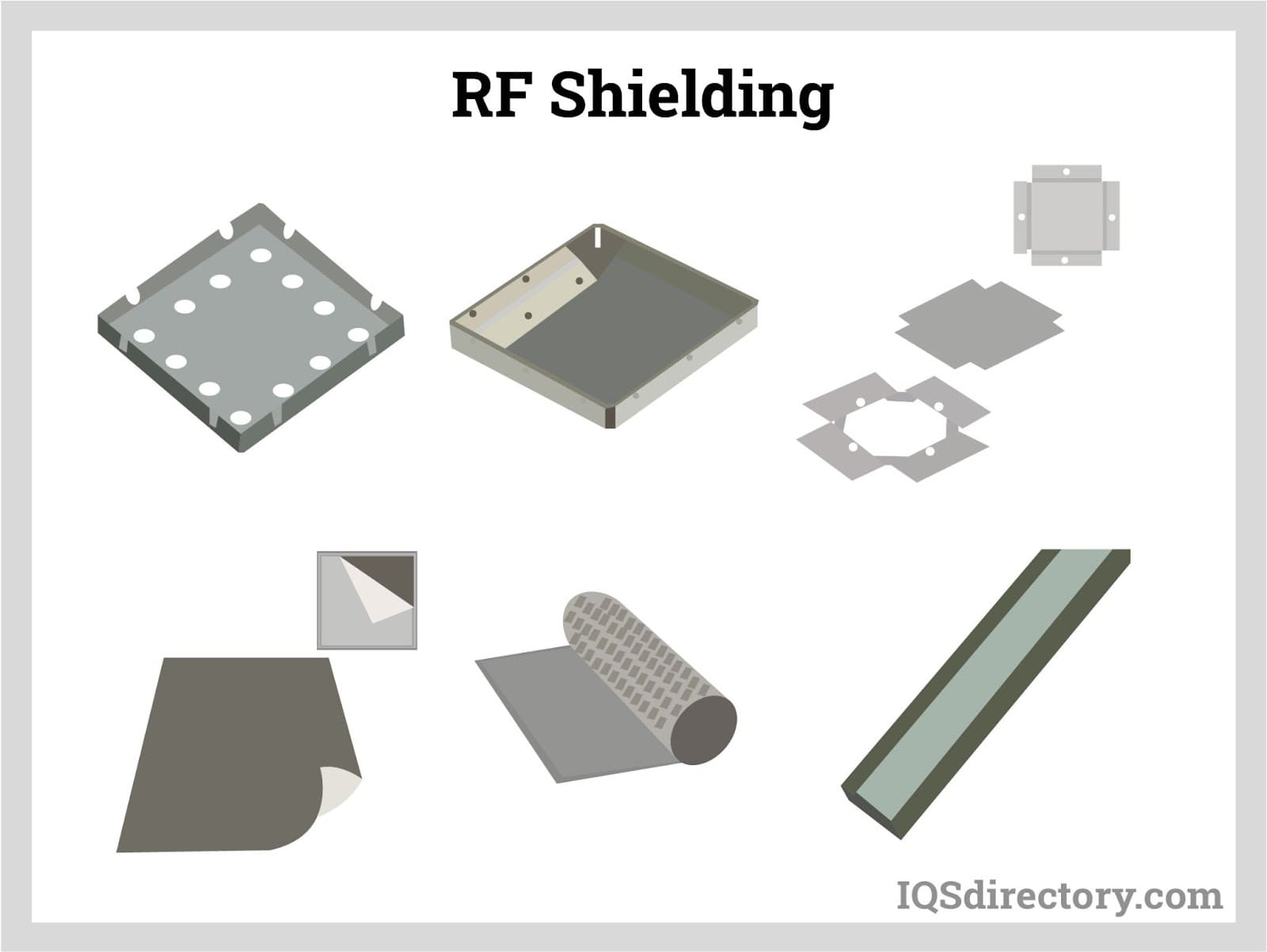
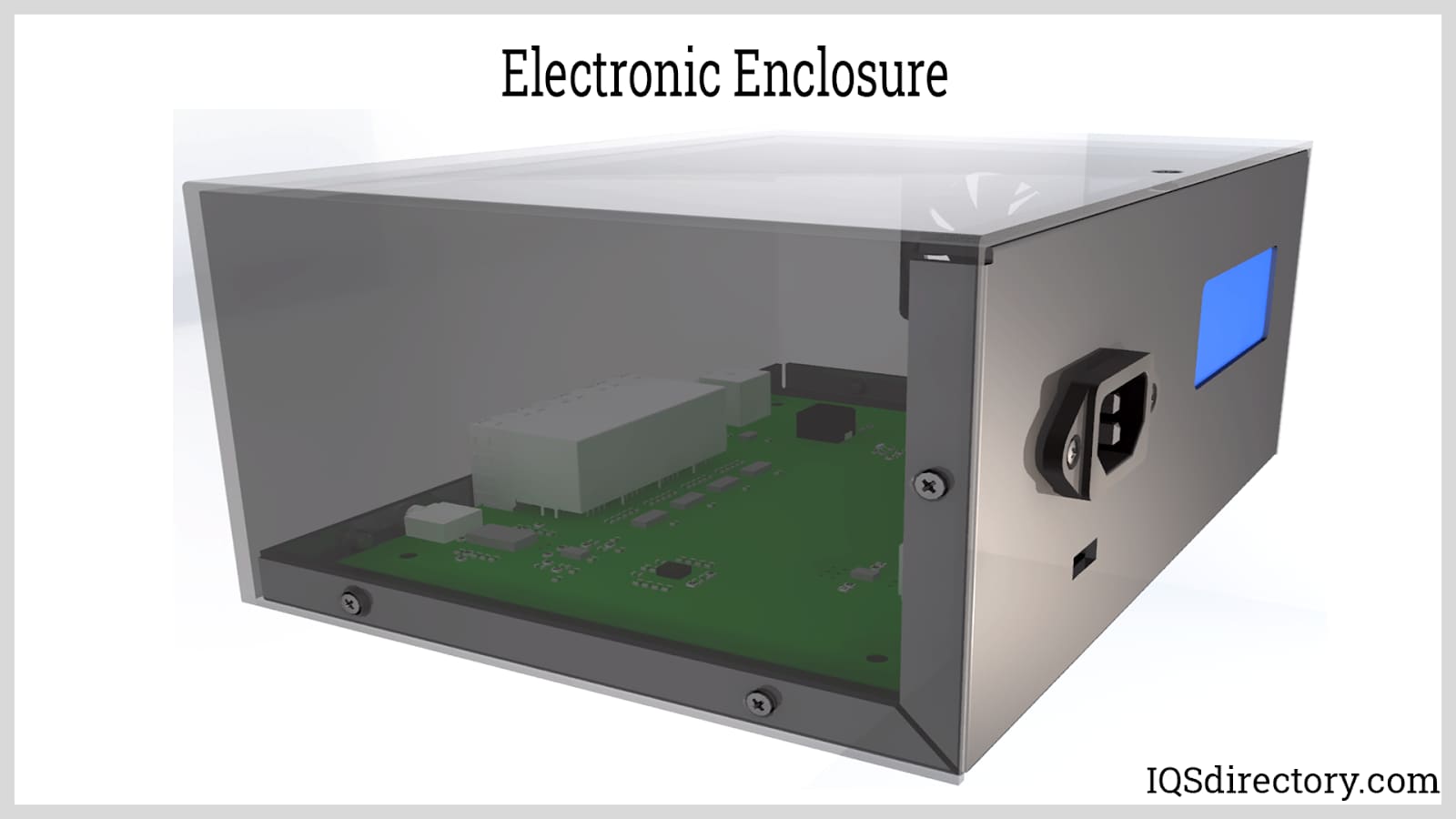
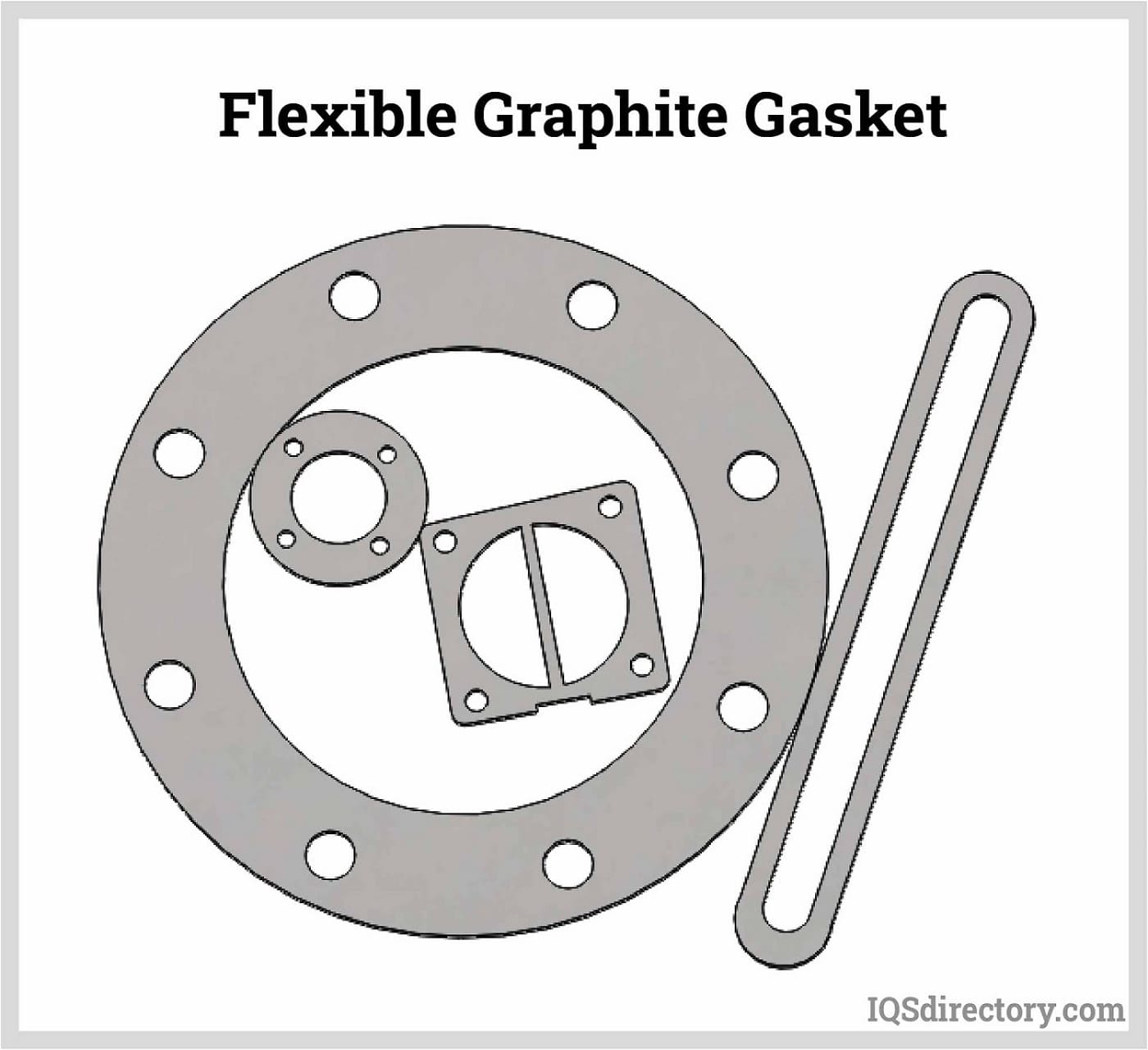
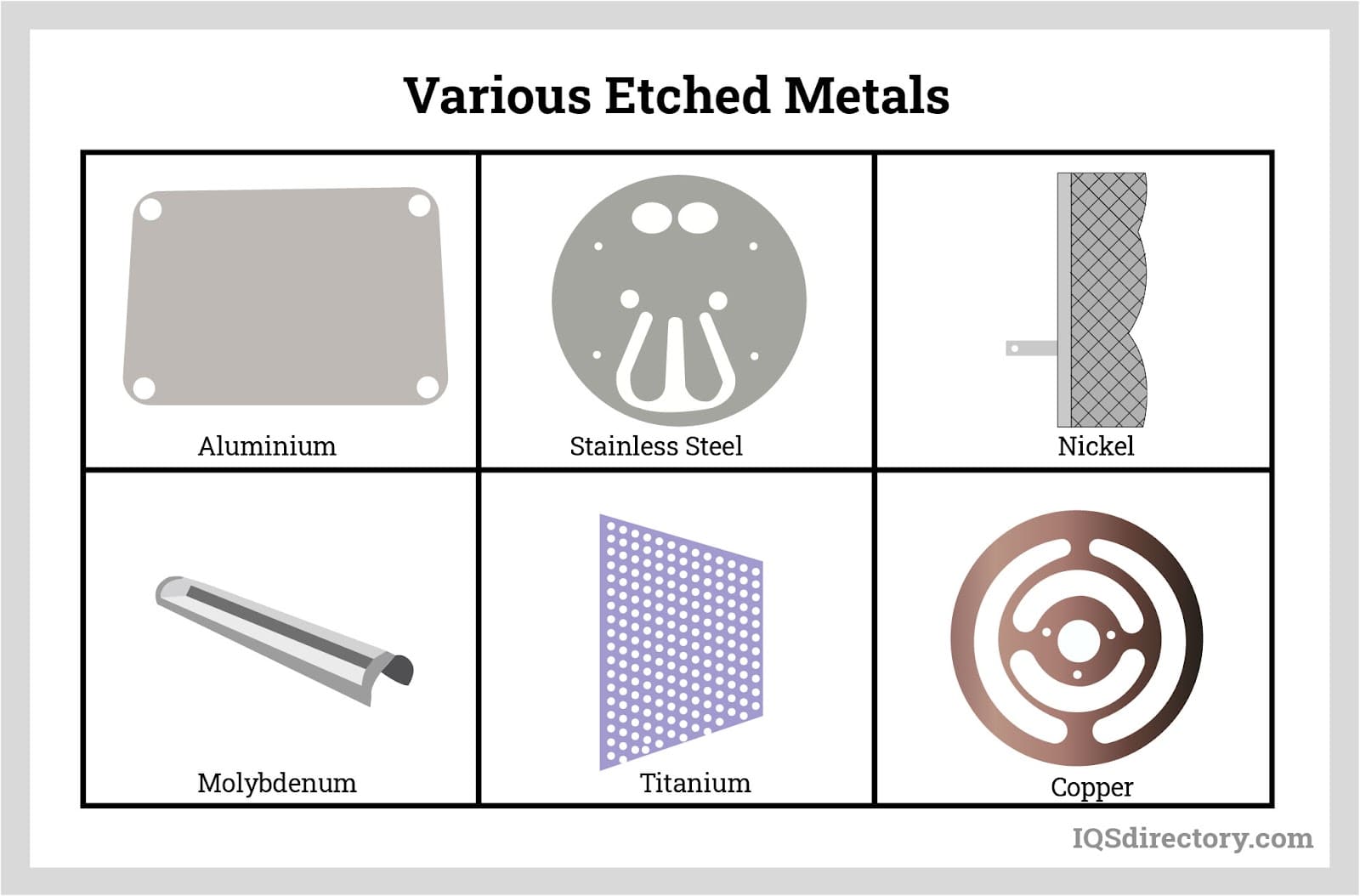
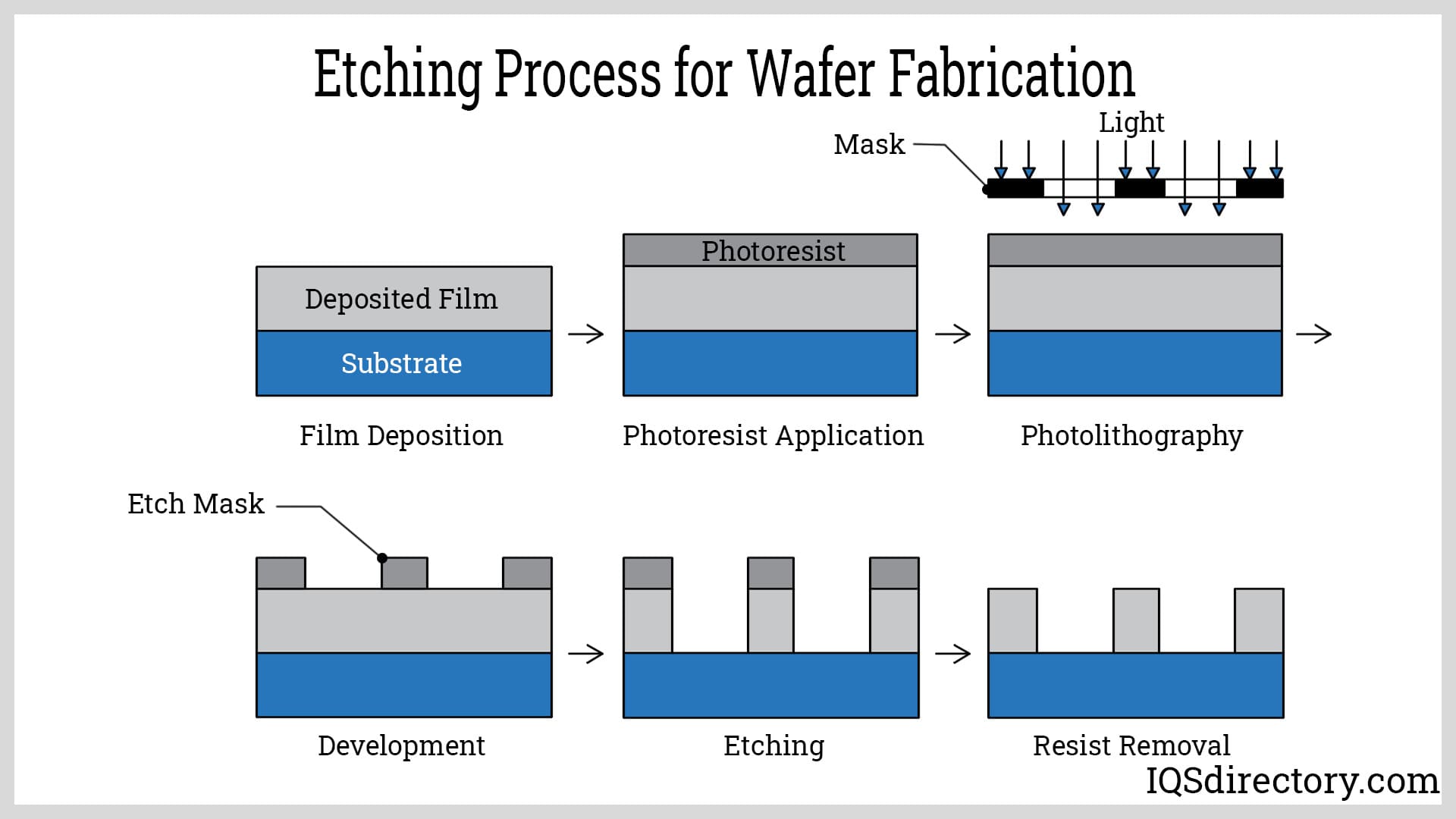
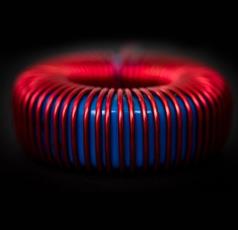 Electric Coils
Electric Coils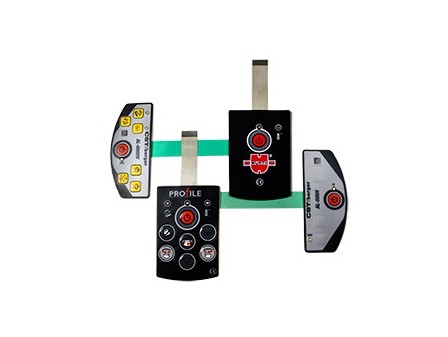 Electric Switches
Electric Switches Electric Transformers
Electric Transformers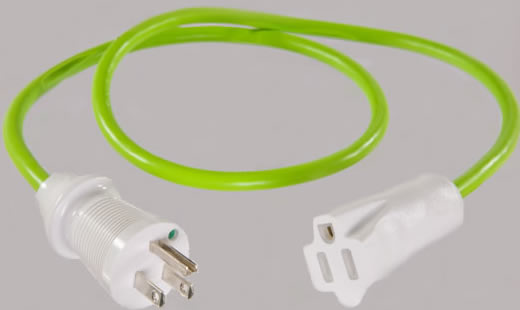 Electronic Connectors
Electronic Connectors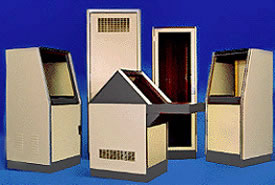 Electronic Enclosures
Electronic Enclosures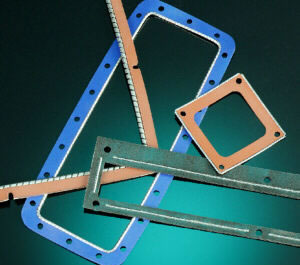 EMI Shielding
EMI Shielding Membrane Switches
Membrane Switches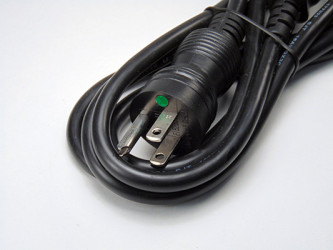 Power Cords
Power Cords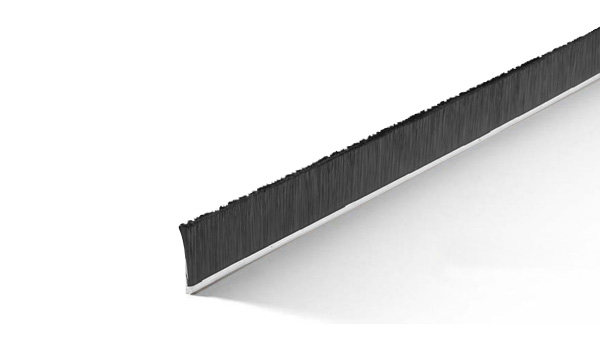 Static Eliminators
Static Eliminators Castings & Forgings
Castings & Forgings Bulk Material Handling
Bulk Material Handling Electrical & Electronic Components
Electrical & Electronic Components Flow Instrumentation
Flow Instrumentation Hardware
Hardware Material Handling Equipment
Material Handling Equipment Metal Cutting Services
Metal Cutting Services Metal Forming Services
Metal Forming Services Metal Suppliers
Metal Suppliers Motion Control Products
Motion Control Products Plant & Facility Equipment
Plant & Facility Equipment Plant & Facility Supplies
Plant & Facility Supplies Plastic Molding Processes
Plastic Molding Processes Pumps & Valves
Pumps & Valves Recycling Equipment
Recycling Equipment Rubber Products & Services
Rubber Products & Services